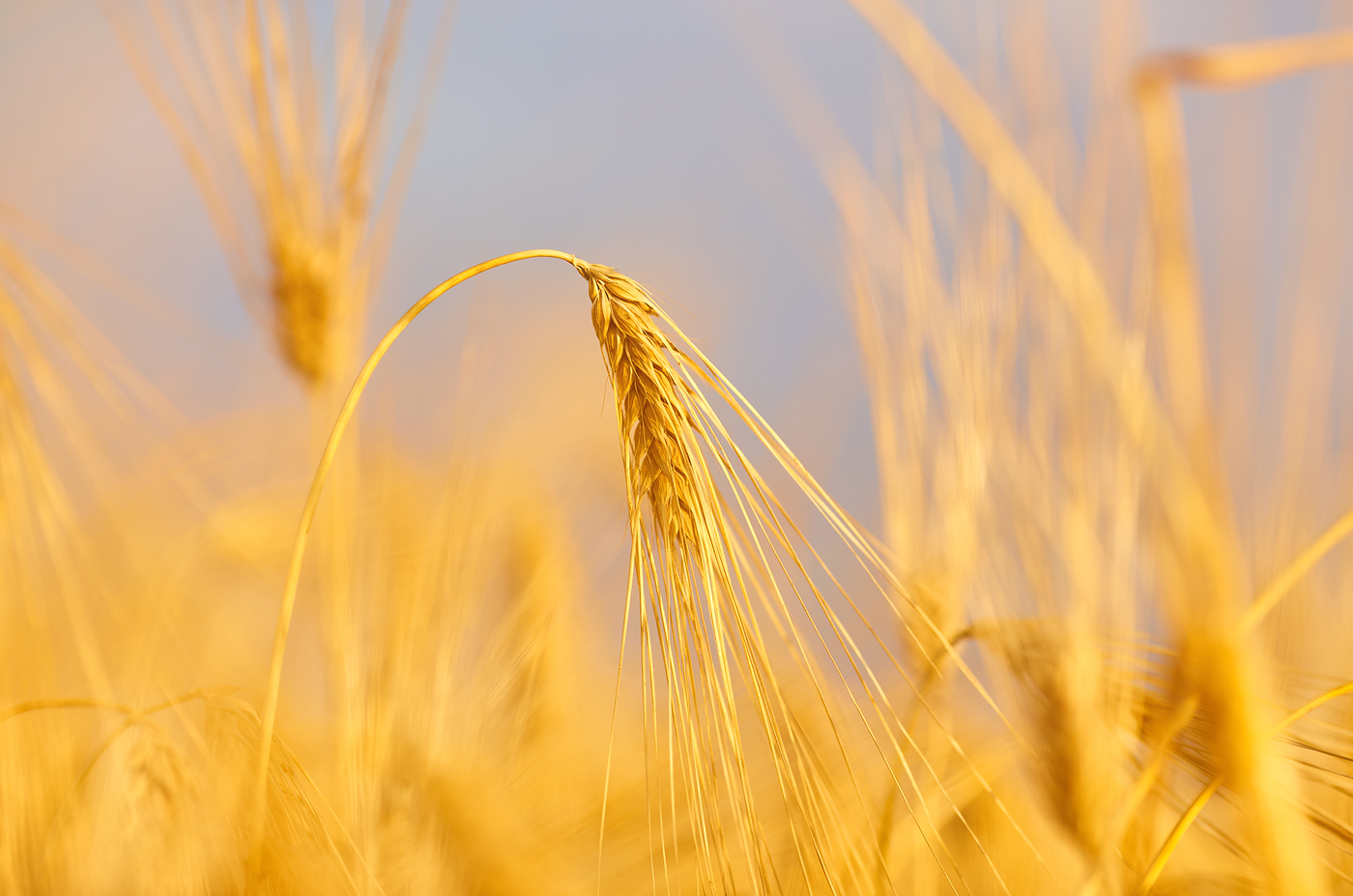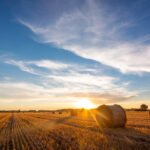
Central U.S. Grapples with Severe Drought Threatening Agricultural Outputs
- foodfightadmin
- July 1, 2023
- Agriculture, Climate Change
- rsc pages, rscl
- 0 Comments
Mike Shane’s corn crop on his 200 acre Illinois farm near Peoria is in dire straits. After initial rainfall following planting in early May, dry spells have persisted. “The rain just dissipates when it approaches,” Shane laments, fearing his corn won’t survive much longer without substantial hydration.
The West had some respite with heavy winter rains, but Central U.S. is now battling severe dryness. This drought, affecting both crops and water sources, has experts comparing it to those of 1988 and 2012.
According to the U.S. Drought Monitor, a collaborative effort of the federal government and the National Drought Mitigation Center, a significant segment of the country’s midsection faces alarming levels. Approximately half of Kansas is enduring extreme drought, conditions that are mirrored across several neighboring states.
Researchers attribute increased drought frequency and rainfall intensity to the rise in greenhouse gas emissions. Recent data indicates parts of central U.S. have been in extreme drought since winter, with “flash droughts” occurring in others over the last few months. The results? “Severe topsoil losses, depleting groundwater, and diminishing stream flows,” states Adam Hartman, a meteorologist with the National Oceanic and Atmospheric Administration’s Climate Prediction Center.
The U.S. Department of Agriculture noted that only half of the nation’s corn crop currently achieves ‘good’ or ‘excellent’ status – the most inferior rating since 1988. If the drought continues, Krista Swanson of the National Corn Growers Association warns of a possible decrease of about 1 billion bushels from the anticipated 16.7 billion bushels yield. While this doesn’t directly translate to inflated consumer prices since most corn serves as feed, ethanol, or export, the burden falls on farmers who face production costs regardless of yield.
Rivers too, especially parts of the Mississippi, are seeing plummeting levels. Barge operators along the river have voluntarily reduced capacity and riverside communities remain anxious. Last year’s drought inflicted billion-dollar losses, affecting sectors like energy, tourism, and commodities. Colin Wellenkamp from the Mississippi River Cities and Towns Initiative warns, “If July doesn’t bring relief, significant impact is inevitable.”
On Shane’s farm, the struggling corn crop barely reaches his waist. He and other farmers cling to the hope that El Nino weather patterns might bring more rain. Hartman cautions that summer predictions indicate below-average rainfall. “This drought might linger for some time,” he concludes.








